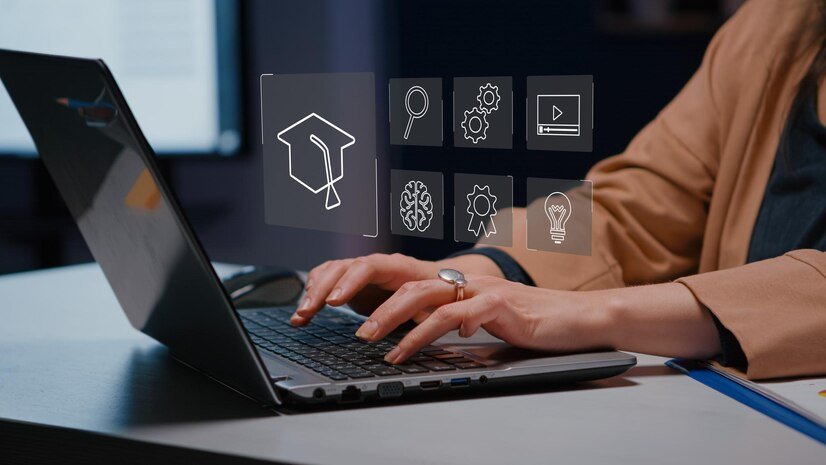The ability to study from anywhere in the world and gain knowledge without sitting at a desk — modern education is changing rapidly. And the catalyst for these changes is educational software development services. Modern software makes learning easier and more productive from anywhere in the world. Most importantly, it makes education more accessible.
The opportunities we get with different platforms and programs for distance learning:
- An easy-to-use interface for both teachers and students. When using the software, you can focus on content and learning rather than mastering the application.
- A new level of interactivity — virtual whiteboards, quizzes and polls help engage students and stimulate the learning process.
- The ability to work with classes of different sizes and provide individualized learning.
- Confidentiality of student data and personal information thanks to advanced algorithms.
The ability to easily integrate with other tools and platforms, such as video conferencing software and cloud storage services, is essential for a seamless learning experience.
Benefits of Education Software in Remote Learning
The benefits of using educational software are significant, as Lionwood points out.
In particular, it increases the accessibility of education. Online platforms and applications eliminate geographical barriers and allow students to study from anywhere in the world. Every year, more and more people get the opportunity to study with quality.
Unlike traditional classroom learning, distance learning allows students to manage their time and work through the material at their convenience. Record topics and lectures, watch them at your leisure, and learn at your own pace.
Some educational software platforms use AI to make learning more personalized. The program can adapt to each student’s learning style and pace, providing individualized resources and support.
Interactive features in educational software help keep students engaged. Gamification:
- Gamification elements,
- Leaderboards.
- Virtual bonuses, etc.
Education software also helps improve communication between teachers and students. With messaging systems, discussion forums and chat rooms, students can easily ask questions and get feedback, creating a collaborative atmosphere in the learning environment.
Overall, the future of educational software is bright. It continues to evolve at a rapid pace. With the advancement of artificial intelligence, machine learning, and virtual reality, virtual classrooms will provide an even higher level of knowledge to everyone.
Even now, reputable educational institutions are recognizing the benefits of hybrid learning models, and educational software will become an integral part of the curriculum, complementing traditional teaching methods and providing a more flexible and inclusive learning environment.


Leave a Reply